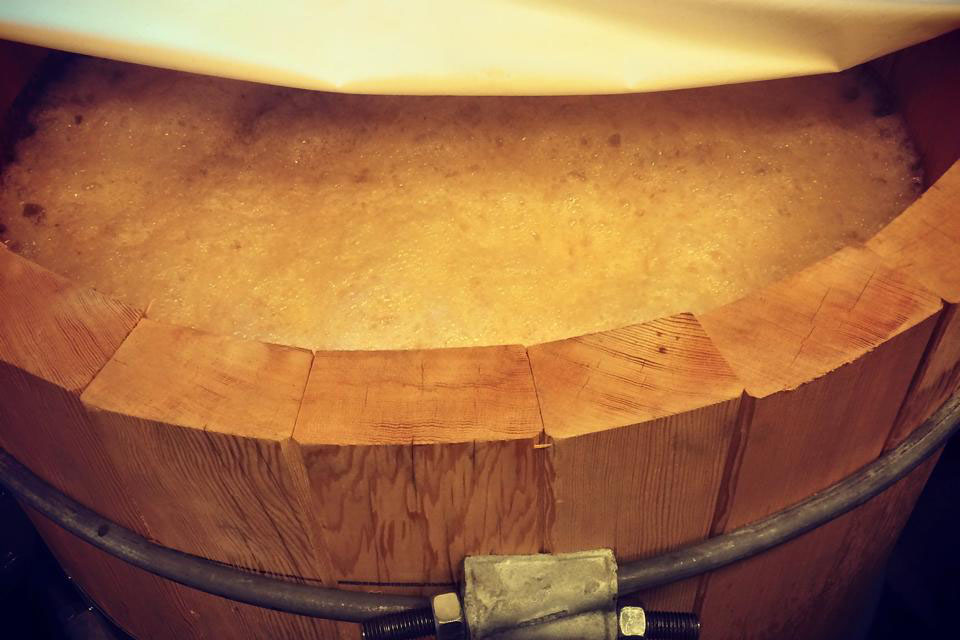
As one of the first breweries in the US to have a coolship, Denver’s Crooked Stave has seen more coolships and varieties pop-up over the years, along with more breweries reaching out to owner Chad Yakobson for information on design and location of their open fermentation vessels.
“The size and shape of your coolship is extremely important,” he told Brewer in a recent interview. “In order to use it in a traditional means, it must have a specific height to weight ratio and proper cooling underneath.”
Crooked Stave’s coolship was custom made by the brewery’s brewhouse manufacturer specifically for the brewery in terms of batch size and designed for the best spontaneous fermentation possible.
“Our coolship is 30 barrels and we use it daily in both the traditional sense and in a progressive approach to brewing,” Yakobson said.
For The Ale Apothecary, Paul Arney decided to experiment by creating a coolship out of a full tree.
The Bend, Oregon brewery uses a proprietary process and it gives the brewery’s main brands the substance that Arney is most proud of.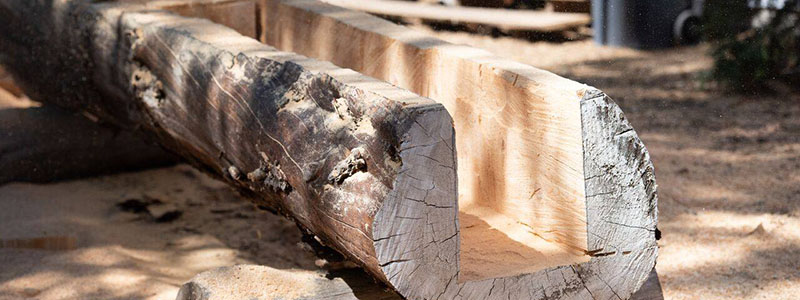
“Not every brewer has the luxury of making claims about how different they are, as most brewers utilize a brewhouse that basically looks like everyone else’s,” he said. “Here, I run the risk of sounding snobbish; please know that I don’t mean it in that way!
“Other brewers can achieve high levels of success and brew fantastic beer with the mental and financial security of using processing aids, cleaning chemicals, and such. My goal wasn’t to create a fiscally-smart brewery, it was to create a functioning art exhibit that celebrates the history of beer making and the brewers’ role in it.
“I’m honestly amazed that we have communicated our values and process to the point where people see the value that they are getting when purchasing our relatively expensive beer. But then again, the beer industry loves the idea of ‘craft’ and they love the idea of artisan … they can make the connection to history that is unique in our modern consumer culture.”
Arney feels that that the sour market has definitely grown, but he doesn’t ever see it being similar to the IPA trend. A brewery like New Glarus — which is well known for its Sours and has been making them since opening in the mid 90s — only has about 5% of its production volume dedicated to the style.
“True wild beer is very hard to make and you have to be very patient,” he pointed out. Arney left Deschutes Brewery in 2011 to pursue this small-batch wild ale method and makes only around 400 barrels per year. “Most breweries need investors that aren’t necessarily in it for the reasons you need to make and honor really high-quality beer. Understandably, they are investing.”

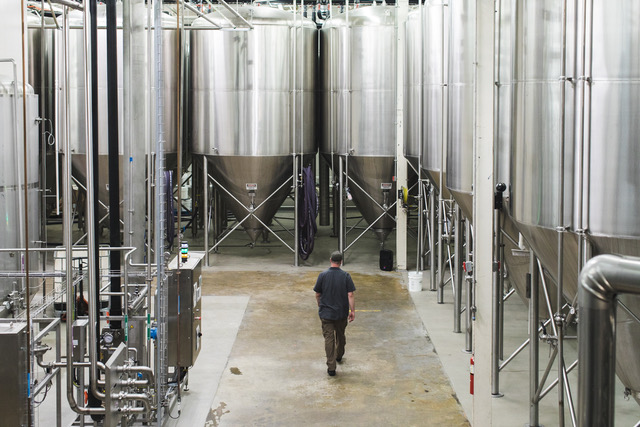
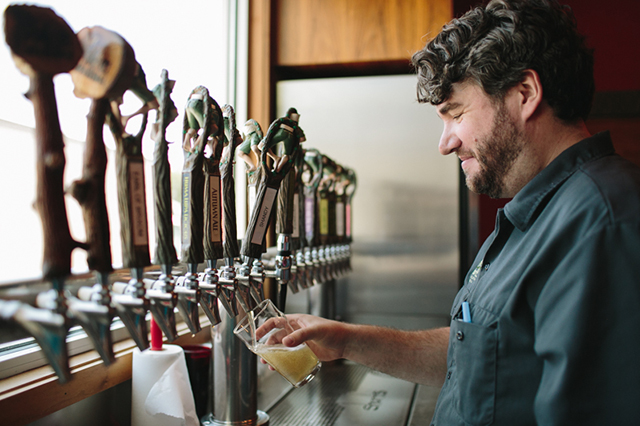
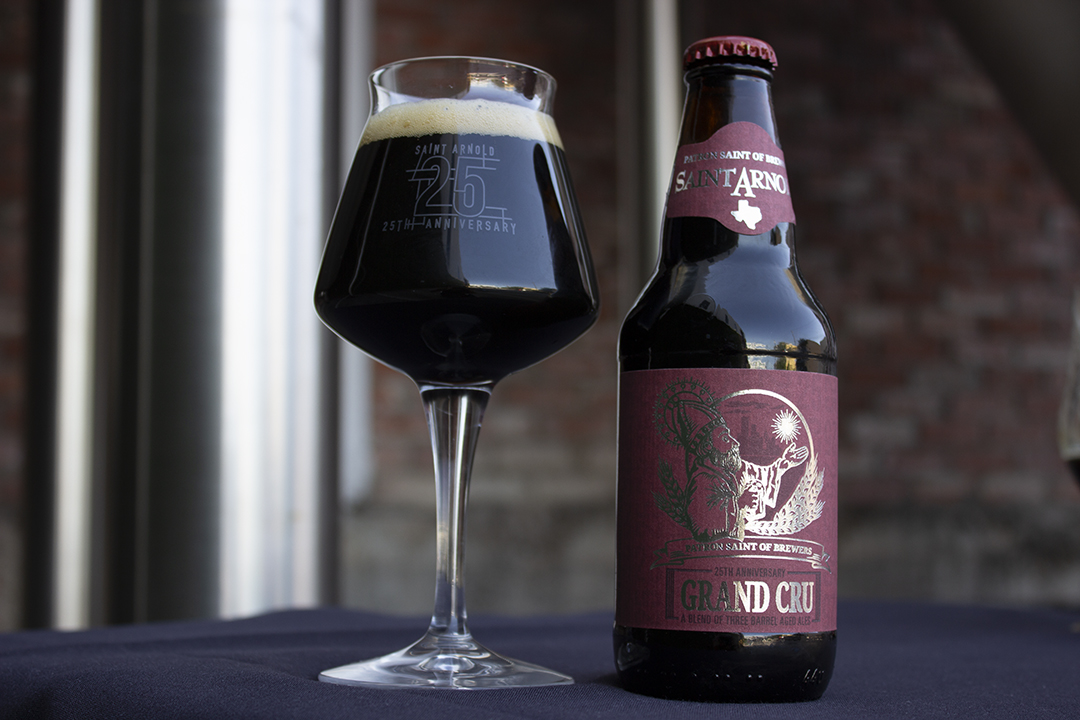
1 Trackback / Pingback